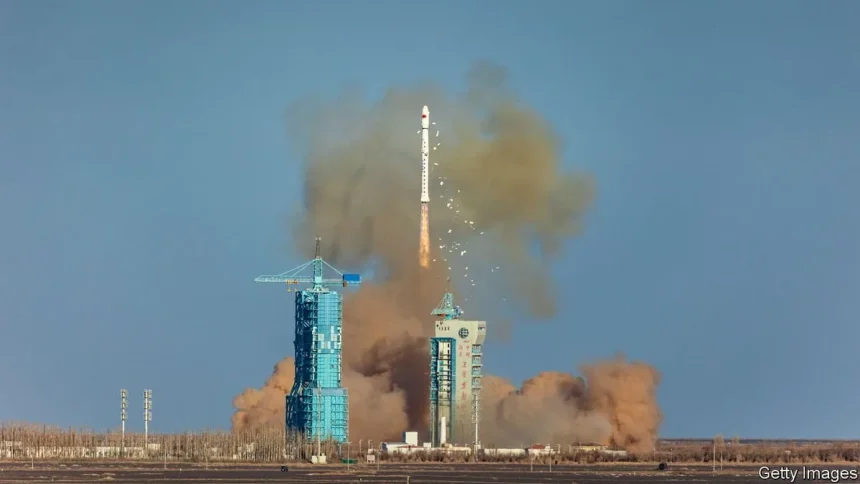In a historic leap forward, the Republic of Djibouti has launched its first-ever satellite, Djibouti 1A, marking its entry into the realm of space exploration and satellite technology. The satellite, a result of Djibouti’s collaboration with the Centre Spatial Universitaire de Montpellier (CSUM) in France, was launched from the Vandenberg Space Force Base as part of the SpaceX Transporter 9 dedicated SSO rideshare mission.
Local Talent Behind the Technological Milestone
Representing a significant focus on local talent development and expertise enhancement, Djiboutian engineers and technicians played a vital role in the design, construction, and testing of the satellite. The involvement of Djiboutian engineers extended beyond the satellite’s construction, touching all aspects of design, manufacturing, launch, and software development.
Implications for Technological Self-Sufficiency and Scientific Advancement
The successful launch of Djibouti 1A holds great significance for the nation’s technological self-sufficiency and scientific advancement. The satellite is poised to collect vital information on environmental parameters such as temperature, rainfall, river depth, and hydrometry across the country, empowering policymakers and researchers to make informed decisions regarding climate monitoring, agriculture, and sustainable development.
Unlocking New Frontiers through Satellite Technology
This foray into satellite technology positions Djibouti to actively participate in the global space community while addressing crucial challenges within its borders. The successful launch of Djibouti 1A serves as a testament to the country’s commitment to nurturing local talent, fostering international collaborations, and unlocking new frontiers of progress through satellite technology.
The broader space industry has also made significant strides, with companies like Planet Labs PBC launching a tech demonstration satellite, Pelican 1, as part of its next-generation high-resolution mission. The range of satellites being deployed into orbit, including CubeSats and communication satellites, highlights the dynamic nature of the space industry, with a focus on optimizing launch opportunities for various payloads.
The deployment of orbital transfer vehicles (OTVs) carrying additional satellites for later deployment underscores the versatility and adaptability of space missions, paving the way for enhanced in-space logistics services and cost-effective solutions for reaching higher energy orbits.
The launch of communication satellites and pathfinder satellites for testing optical communications relay networks and technology for global time and positioning services underscores the continuous quest for advancing satellite-based communications and connectivity solutions, catering to diverse applications such as IoT, inter-satellite links, and geolocation.
Source: bnn





